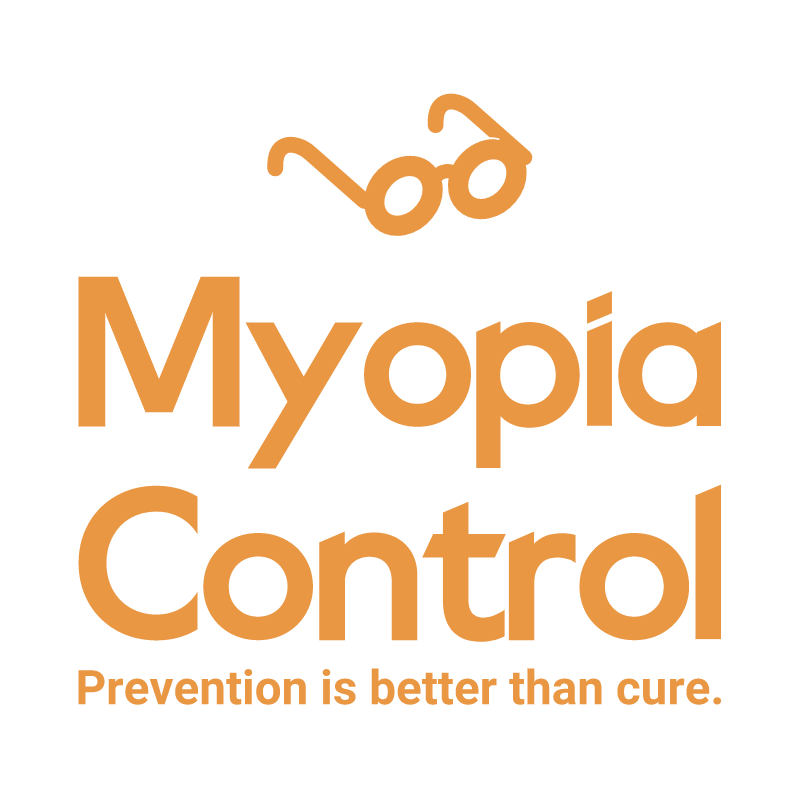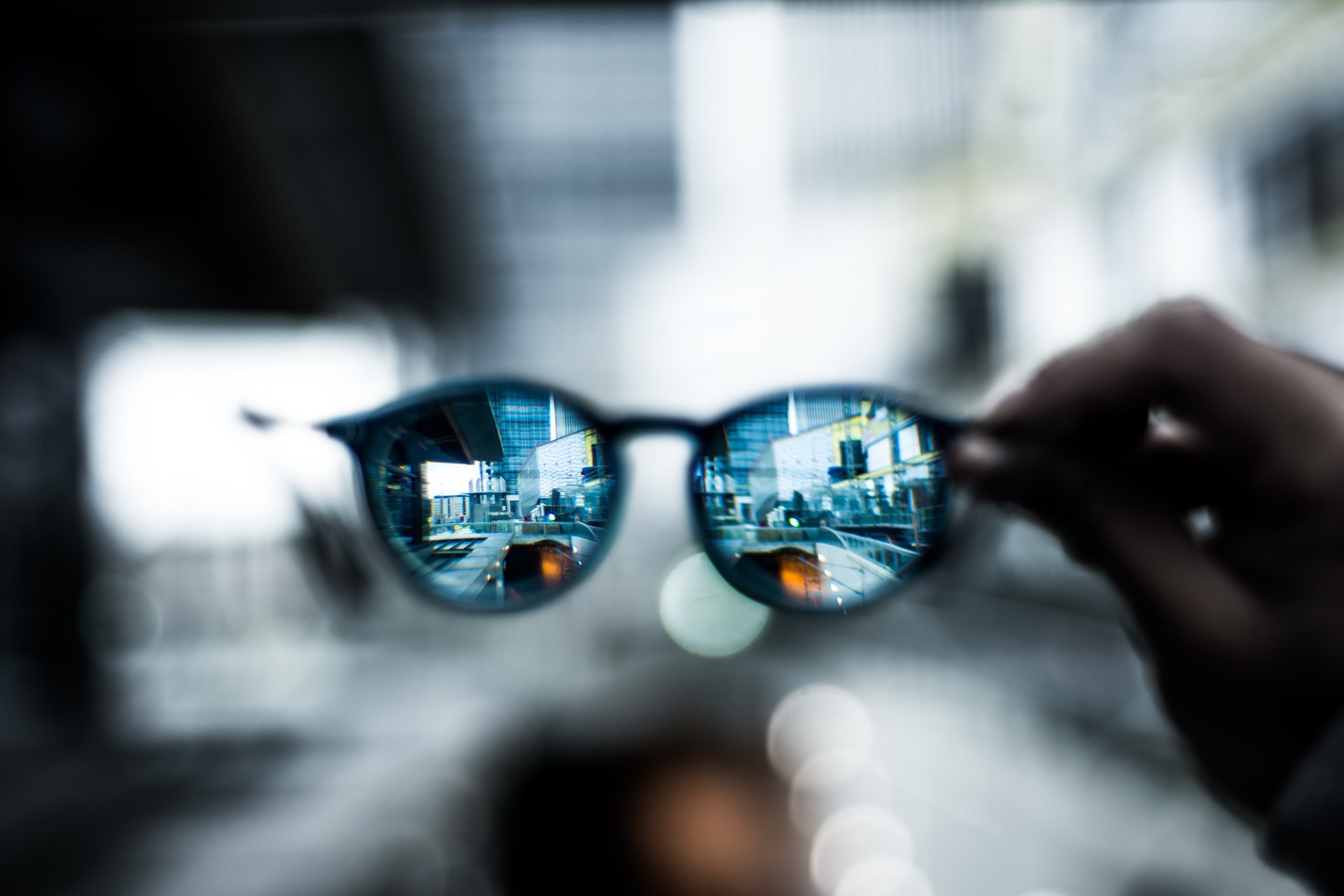Myopia is not often thought of as an eye disease. Instead, it is more commonly regarded of as a simple refractive problem that is solved by prescribing spectacles or contact lenses. Unfortunately, this perception of myopia as a benign condition holds true only for simple myopia which is defined as myopia of less than –6.00 dioptres.
High myopia of above –6.00 dioptres, often called pathological myopia is associated with eye diseases such as glaucoma and cataract. In addition, the abnormal elongation of the eyeball that occurs in pathological myopia stretches out the tissues at the back of the eye and lead to development of floaters, retinal tears, retinal detachment and myopic retinal degeneration. The worse the myopia, the greater is the risk of developing these disorders. When severe, they can lead to blindness.
How bad can myopia become? This is a question often asked by concerned parents. Any myopia exceeding –6.00 dioptres or 600 degrees is considered high. Over 800 degrees is considered as severe and over 1,200 degrees, extreme. While these high magnitudes of myopia are uncommon in Western populations, it is quite common here!
Presently, about 10% or one in 10 Singaporeans have severe myopia of over –8.00 dioptres (800 degrees), compared with 2% in most Western countries.
When myopia is extreme, there is usually strong genetic predisposition with one or both parents also suffering from high myopia. Once myopia exceeds 1,500 degrees, the eyeball becomes very abnormally elongated and the retina and vitreous tissues are stretched to their limits. At these magnitudes of severity, the eye will very likely suffer from one or more of the commonly associated eye diseases.
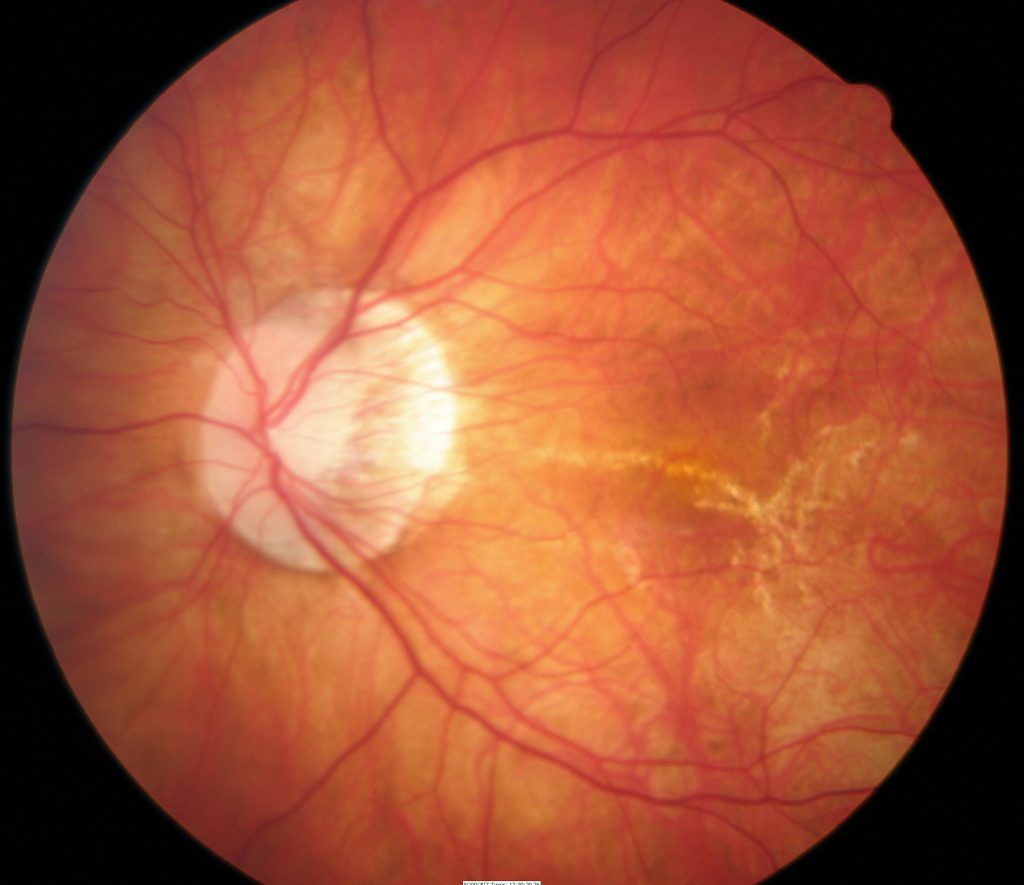
Myopia Macular Degeneration 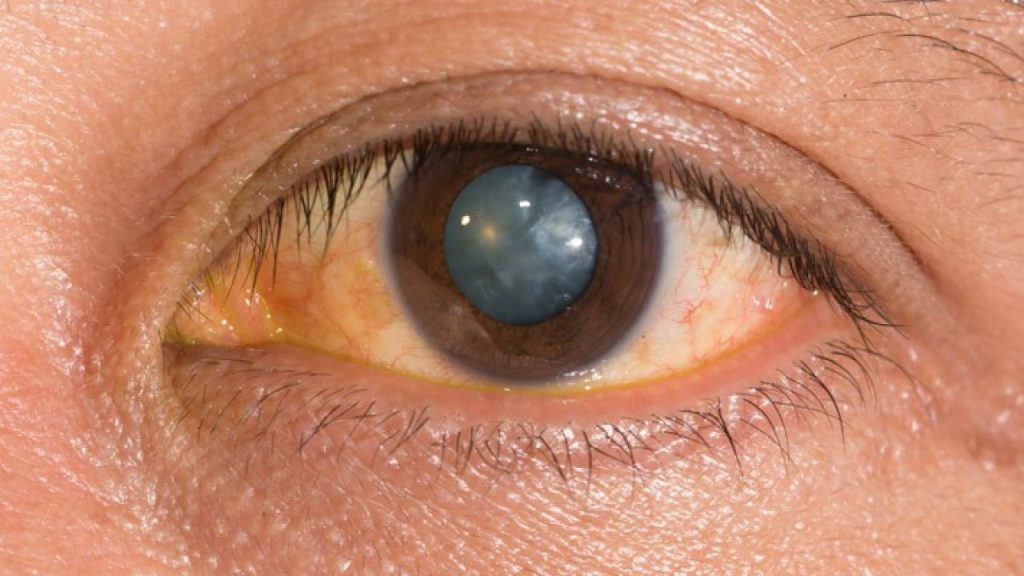
Nuclear Cataracts 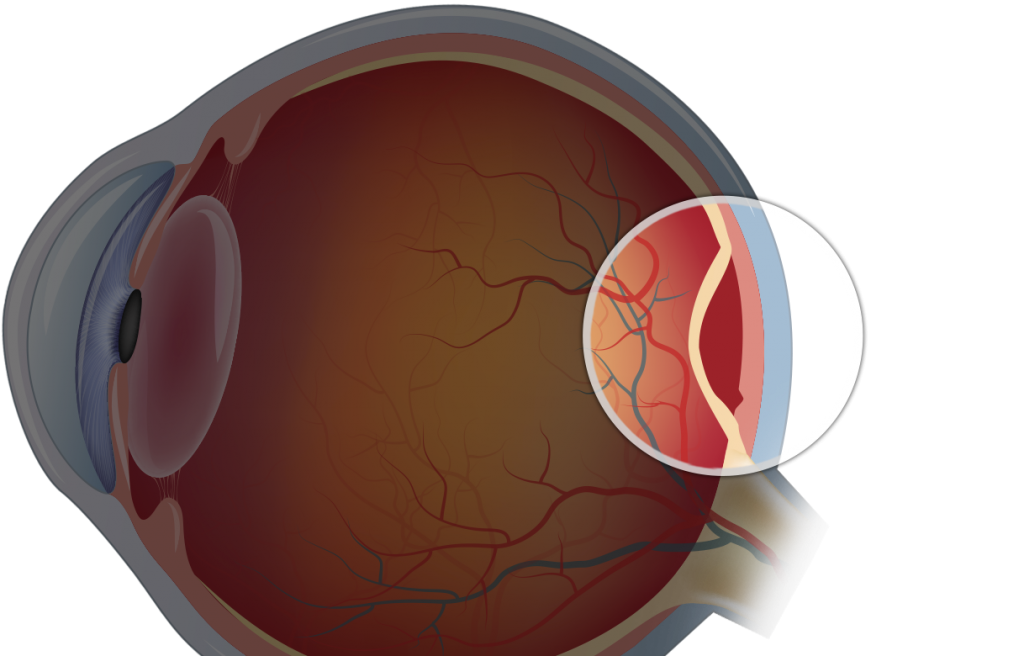
Retina Tear & Detachment 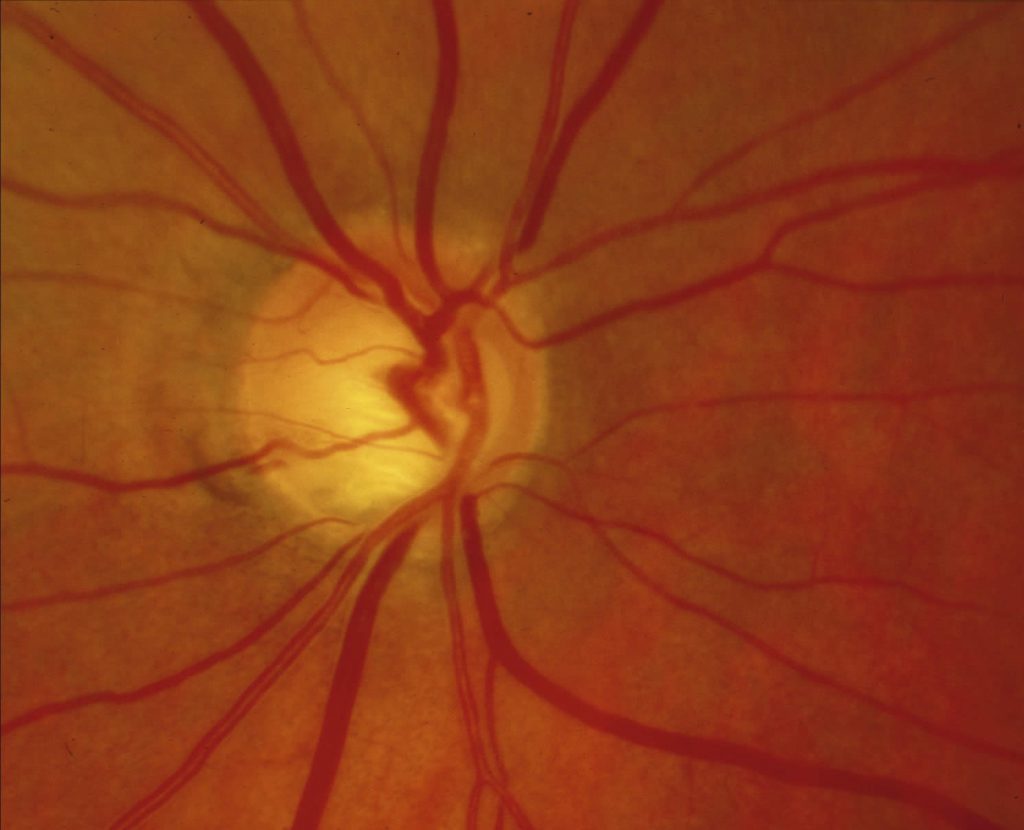
Glaucoma
